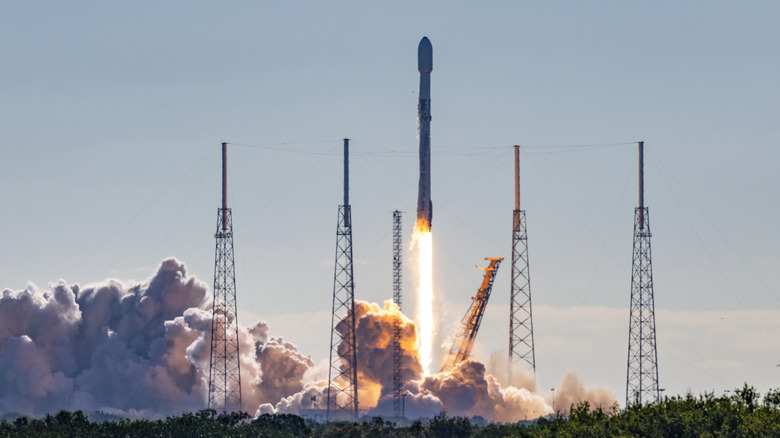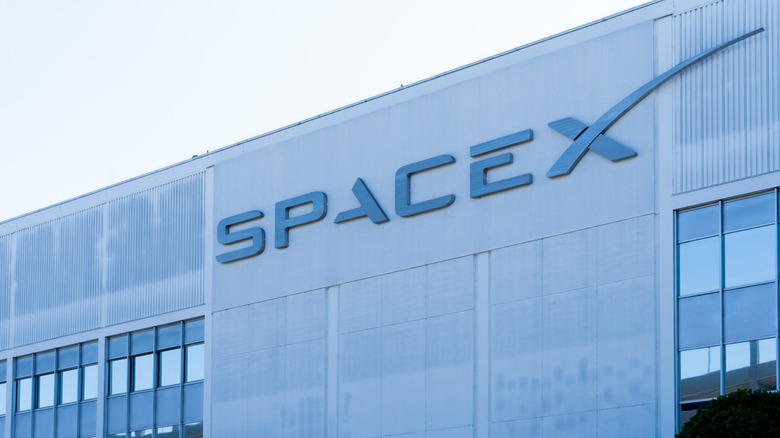Why SpaceX Might Have To Pay A Fee To Enter Space Soon
For the longest time, commercial spaceflight companies, including SpaceX and Blue Origin, have been able to send rockets into space without having to pay any fees. But a new bill introduced by Senator Ted Cruz in early June could be about to change that. The legislation proposes that the Federal Aviation Administration (FAA) should charge licensing fees for rocket launches and reentries, starting in 2026.
The bill comes months after the FAA's Office of Commercial Space Transportation (AST) requested a funding increase to improve its operations. Specifically, the office sought a $57.13 million budget for 2025 from $42.018 million the previous year. Of the figure, the AST intended to allocate $7.9 million for workforce expansion. By increasing its staff, the office believed it could better serve clients processing licenses for launches and reentry of rockets. For context, the AST only licensed 11 commercial launches in 2015. In 2024, that number jumped to 164. In 2025, the total is expected to exceed 200, with the growing number of license applications overwhelming the understaffed office.
With SpaceX comprising the majority of these launches, the firm is likely to be the most affected. Under the proposed bill, the FAA will impose fees depending on the spacecraft's weight, with an initial cap of $30,000 per launch. By 2033, the cap is projected to increase to $200,000 per flight. The money is intended to help the FAA with its financial and staffing problems, reducing its reliance on yearly budget increases.
How much SpaceX may need to pay to keep launching rockets
Apart from being a reaction to the booming spaceflight industry, the new bill is seemingly a direct response to SpaceX's previous demand that the FAA double its licensing staff. As the company with the most launches, SpaceX will likely foot the bill for the agency's workforce expansion. In 2024 alone, SpaceX recorded 134 launches, including 89 missions for the deployment of its Starlink high-speed internet satellites. For 2025, Musk's firm set an even higher target of 170, completing 64 by May.
Since performing one of the most important satellite launches in history, Starlink has been aggressively expanding its global coverage, with most of SpaceX's 2025 missions dedicated to the service. SpaceX is deploying these satellites via the Falcon 9 rocket, which typically has a 37,500-pound payload. Based on the bill's proposed weight-based pricing model, which starts at 25 cents per pound, SpaceX will have to pay an estimated $9,400 for each qualifying launch in 2026.
Using 2024's numbers as a benchmark, SpaceX would have owed over $800,000 for its 89 Starlink missions in 2024. For 2025, SpaceX's 60 Starlink missions as of July alone would have translated to over $525,000 in fees. At this rate, the potential ceiling for SpaceX's total yearly payments could stretch into the million-dollar range once the bill passes, despite the $30,000 starting cap per launch.

